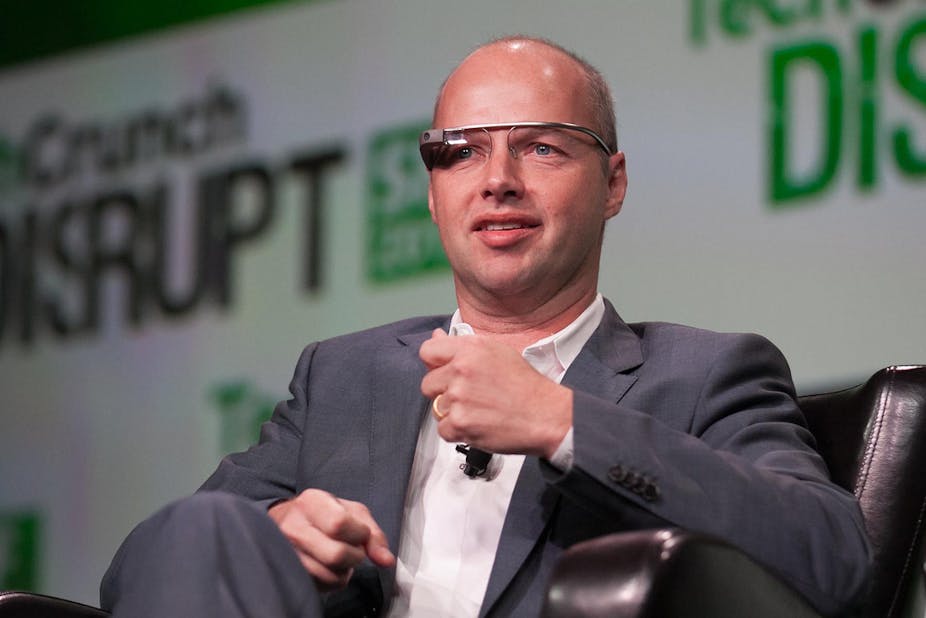The promise was simple, but the idea couldn’t have been bigger.
Massive Open Online Courses (MOOCs) would make courses from Harvard and MIT available free to anyone with an internet connection. The world’s poor would finally have access to the same education as American ivy league students, while traditional fee paying higher education would go the way of relics like CDs and sailing ships.
Massive open online education provider Udacity was one of those promising such change. In the past, Udacity’s founder Sebastian Thrun claimed MOOCs would spell the end of the conventional higher education model and transform access to knowledge.
Despite the big promises, retention rates in Udacity courses have been abysmal and those that did make it through were already those with bachelor degrees. Now Udacity has decided to charge money for their certified courses, leaving behind their claims of free quality higher education for all.
As leading technology-enhanced learning expert George Siemens described it:
[Thrun] promised us a bright future of open learning. He delivered to us something along the lines of a 1990s corporate e-learning program.
Even Thrun himself has now admitted that Udacity is “a lousy product”.
So where did it all go wrong for Thrun and Udacity? And why, when it comes to online education, did we ignore education experts, and listen to Silicon Valley instead?
A cheaper, faster education
Ultimately, the outcome of higher learning cannot be made cheaper and faster any more than you can expect to improve physical fitness if you cut corners at the gym.
While there are myriad products and services claiming a fast, cheap route to fitness, nothing is as effective as time and/or intensity pumping iron or going on the treadmill.
Similarly, if students don’t put in the right kind of work, with the right guidance and expend sufficient cognitive effort, they will not see results.
The fundamental understanding of quality online learning in higher education was mostly lost or ignored in the MOOC hype. Unlike the invention of online music stores or the steam-powered ship, the journey is just as important as the destination when it comes to learning. The ultimate aim of higher (as opposed to vocational) education is to transform student thinking and ways of being.
Getting there faster and cheaper short-changes everyone.
If we cannot give graduates the solid critical and creative thinking skills they need, they will be ill-equipped to deal with the immensely complex economic, social and environmental problems we face in the coming decades.
Where was the research?
An extensive history of research in education and the learning sciences tells us about the best ways of learning and teaching. Yet the voices of the thousands of eminent scholars in these fields have been largely drowned out.
Instead economists and innovation gurus like Harvard’s Clayton Christensen and technology advocates like Thrun have dominated the online education headlines.
Despite the enthusiasm of MOOC advocates, the quality of the learning experience in many (but by no means all) MOOCs is dubious. Watching videos of lectures and answering multiple-choice questions is hardly cutting edge pedagogy. But despite this, these kinds of MOOCs have been allowed to flourish with great fanfare.
The reason we have found ourselves here is partly due to the paradigm shift that seems to be occurring in education. There is growing tension between the science of learning and the art of teaching.
While practice-based and theoretical understanding of teaching have thrived and become the dominant paradigms in educational research, the learning sciences, such as psychological science, are increasingly encroaching on the classroom after being virtually absent for decades.
When medicine went through a similar paradigm shift, we saw merchants selling snake oil. Now in this new education shift, we’re seeing such dubious innovations as “brain training”.
The uncertainty around the best form of evidence for educational innovation is allowing pre-packaged solutions to education problems to prosper with little evidence to support their effectiveness.
Lessons for Udacity
The key to providing quality higher education in the digital age lies somewhere in between the technology devotees, educational researchers, teachers, developers and learning scientists.
Sound, evidence-based innovation is not to be found in the provocations of the likes of Thrun or Christensen alone. The business model does not operate in isolation from the quality of the service.
It would appear that despite their exceptional expertise in their disciplines, few of the loudest voices touting MOOCs are qualified or experienced in learning theory or educational technology. This includes Thrun and Christensen, who have no formal qualifications in education or the learning sciences.
A quest to innovate higher education resting solely on reducing time and cost dismisses the required cognitive effort and support needed to transform students’ fundamental thinking patterns. To develop the knowledge and skills to function effectively as a professional or scientist requires quality guidance, time and genuine effort.
Attempting to disrupt higher education in a way that undermines any of these factors is to devalue what it means to have a “higher” education.
There are good reasons why quality higher education costs as much as it does; a lesson that Udacity seems to be learning only now.

